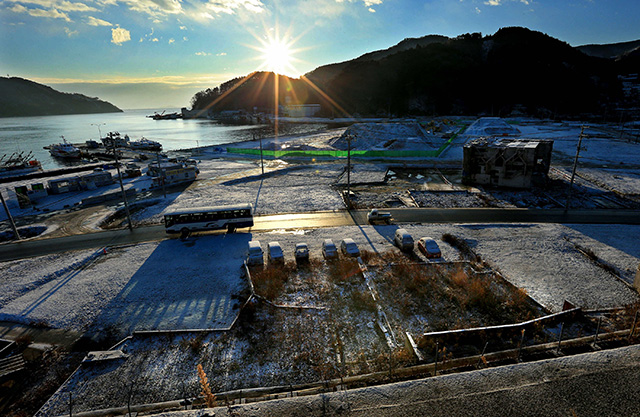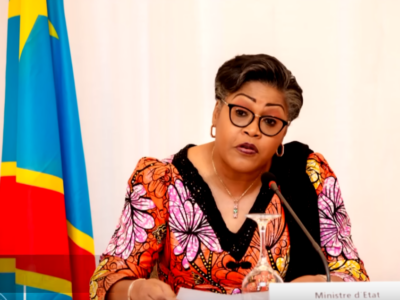
Image courtesy Kahoku Shimpo
In an effort to spread awareness of the deadly March 11, 2011 “triple disaster” in Tohoku, Japan, and to help people around the world better prepare for such events in the future, a major newspaper in Tohoku is publishing English translations of its coverage.
The project is a collaboration between the Kahoku Shimpo paper and student volunteers and faculty at Harvard University in Cambridge, Massachusetts.
The Kahoku Shimpo is edited by Hideya Terashima, a TEDx presenter, and is headquartered in Sendai, Miyagi Prefecture. Located on the Pacific coast several hundred kilometers north of Tokyo, Sendai is one of the largest cities in northeastern Tohoku region of Japan. The city was hit by both the massive earthquake on March 11, 2011, and the resulting giant tsunami.
Reporters from Kahoku Shimpo not only recorded the aftermath of that tragic day; they also suffered from the effects of the disaster.

Image: Kahoku Shimbun
Working with Harvard faculty and students, Kahoku Shimpo will translate 38 articles from the paper's “Wagakoto” series. The first installments were published on December 11, 2014, and provide a unique first-hand account in English of what happened immediately following the earthquake and tsunami:
Ogatsu Hospital was a small public hospital that stood at an inlet next to the Pacific Ocean in Ishinomaki City, Miyagi Prefecture. Most patients at the hospital were elderly local residents.
On March 11, 2011, the hospital was hit by a tsunami that rose above the roof of the building, 10 meters high. All 40 of the hospitalized patients, and 24 of the 30 staff members at the hospital, became victims of the tsunami.
That day, hospital administrative staff Yoshikatsu Endo (47) managed to carry one patient to the roof with his coworkers, before being engulfed by the tsunami.
“Many died, but I was saved. It’s painful to think they might say to me, ‘Why did you abandon us?’”
So far the translated ininstallmentsnclude:
- Prologue/ Preserve Lives and Communities
- What Happened that Day (1) Ishinomaki City Ogatsu Hospital / Waves Unexpectedly Breach the Roof
- What Happened that Day (2) Ishinomaki Central Highway / Immobile Rows of Traffic Caught in Muddy Waters
- What Happened that Day (3) Nursing Home in Yamada, Iwate / Carrying Heavy Wheelchairs, Time Slips By
- What Happened that Day (4) Isobe District, Soma / Vague Awareness of Tsunami Evacuation
More installments will be translated and published in the weeks and months ahead.
“From the moment the disaster struck on March 11, 2011, the reporters and editors and all the staff of Kahoku Shimpo have worked tirelessly to document this tragedy and also to provide resources for remembering the disaster and transmitting its lessons for posterity,” says Andrew Gordon, a Lee and Juliet Folger Fund professor of history at Harvard.
“Beginning soon after the disaster, colleagues, staff and students at Harvard University’s Reischauer Institute of Japanese Studies began to work with many other organizations to create a resource for preserving and making accessible for now and for the future the digital record of this tragic disaster and its aftermath.”
In the months and years since the disaster, Gordon says, students and faculty at Harvard have forged a strong partnership with Kahoku Shimpo to make available in English translation the moving stories of people’s experience during the 3.11 disaster.







3 comments